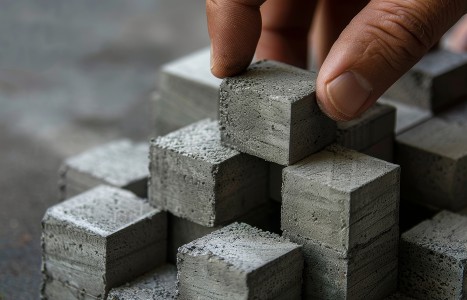Because traditional Chinese medicine (TCM) views the human body as an interconnected network of energy (qi) and seeks to restore balance and harmony, ensuring the smooth flow of qi and blood is crucial to nourish and regulate the reproductive system. TCM treatment aims to regulate menstruation, reduce anovulatory menstruation, help ovulation, improve egg quality, stabilize progesterone, and provide a good endometrium environment for successful implantation and pregnancy.
Complex Regional Pain Syndrome
For pain specialists in the acupuncture field, it is not uncommon to evaluate and treat patients diagnosed with complex regional pain syndrome (CRPS). The syndrome usually develops after trauma (minor or major) or nerve damage. Symptoms will appear within a month and may include: pain (diffused or localized); local changes in circulation; swelling; sweating; cool or warm extremities; muscle wasting; and reduction of motor activity of the muscles (in chronic cases). In some cases the sympathetic system reaction (local sweating, changes in skin temperature and color) is present; in other patients, it is not.
Treatments applied to these patients include NSAIDs (Nonsteroidal anti-inflammatory drugs); physical therapy; sympathetic blocks; physical therapy; psychological support; and acupuncture (surgery will be utilized rarely). The treatment should be used in the earlier stages rather than in the chronic phase (the patient's response to acupuncture in the earlier stages is faster, thus requiring fewer treatments). In many cases, the symptoms will continue with little or no improvement, the pain becomes extremely severe and does not respond to treatment.
The cases this article covers are CRPS of lower extremities (chronic phase, 6+ months). The recommended points to be used are the second, third and fourth ba feng (extra points) and ST 36 (unilaterally, on the same side if it is not too painful; otherwise contralaterally for a few treatments).
Technique used: Chinese acupuncture needles (gauge #38), inserted 1/2 inch (superficial insertion; deeper insertion increases the pain).
Microcurrent device used: Acutron Mentor, biphasic pads, 25-50 microamps.
Treatment: Treatment is administered 1-2 times per week for four weeks. The acupuncture needles are inserted with a slant direction, with the microcurrent stimulation pads on top of the needles. The pads (biphasic, with an initial output of 25 microamps, are applied for 20 minutes directly on top of the needles. In the majority of cases, microcurrent use should be sub-sensational (the patient does not feel the electric stimulation).
Within 12 treatments (a slow response), the patient should be able to feel improvement: the pain is reduced; the range of motion of the ankle/foot is increased; and the pain medication is diminished or discontinued. Another important fact is the improvement of the walking and standing gait: the patient is able to walk or stand longer than before.
The combination of a microcurrent device and acupuncture allowed us to treat and improve the condition of a patient on which all other modalities had failed.


